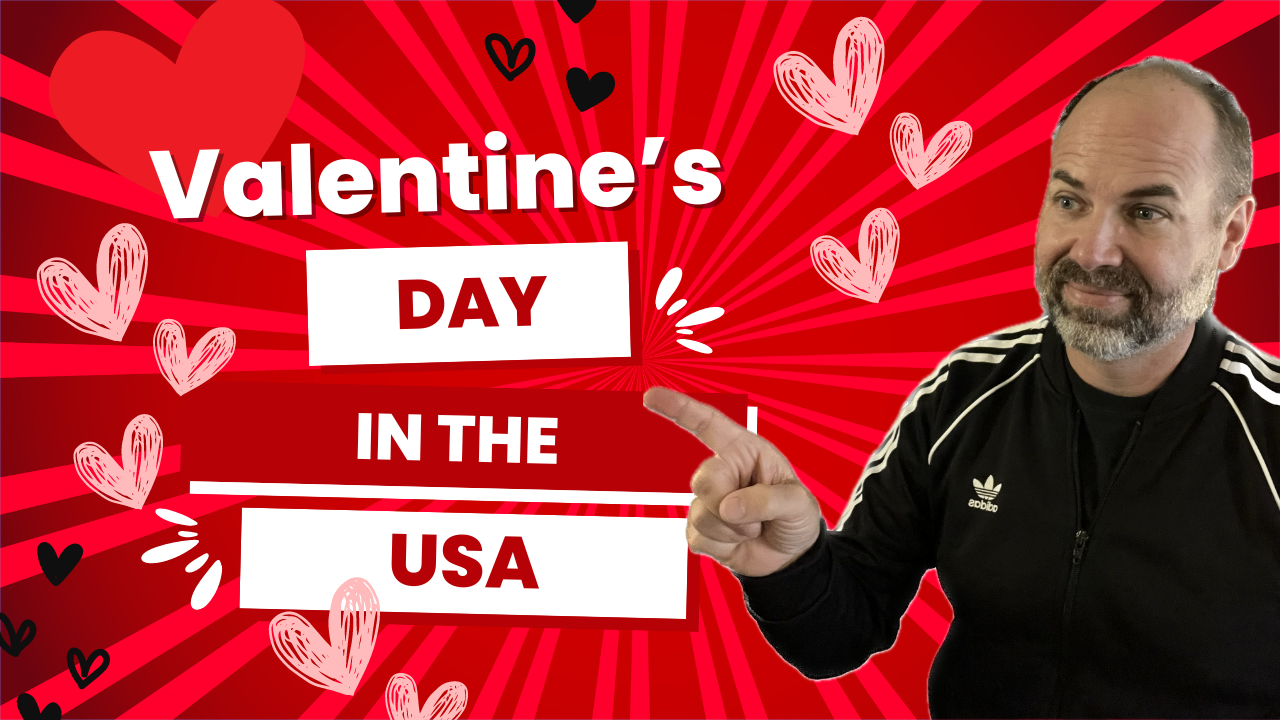How is Valentine’s Day Celebrated in the US?
The origins of St. Valentine’s Day are somewhat unclear, and the holiday has a mix of both Christian and ancient Roman traditions. The day is named after St. Valentine, a Christian martyr who lived during the Roman Empire. The most widely accepted story is that St. Valentine was a priest in Rome during the third century. Emperor Claudius II had banned marriages for young men, believing that single men made better soldiers. St. Valentine defied this decree and continued to perform marriages for young couples in secret. He was eventually caught, imprisoned, and executed on February 14th. Before his execution, it is said that he sent a letter to the jailer’s daughter, whom he had befriended, signed “from your Valentine,” which is a phrase still used in Valentine’s Day cards today.
The romantic association of Valentine’s Day can also be traced back to ancient Roman celebrations, specifically the feast of Lupercalia, a fertility festival held in mid-February. During this festival, young men would draw names of women from a jar, and they would be paired for the duration of the festival, sometimes leading to marriages.

In the United States, the celebration of Valentine’s Day gained popularity in the 19th century. The exchange of handmade cards and tokens of affection became common during this time. Esther A. Howland is credited with producing the first mass-produced Valentine’s Day cards in the 1840s.
Children in the United States often celebrate Valentine’s Day at school by exchanging cards and small gifts with their classmates. It’s a fun and lighthearted tradition, and many children create handmade cards or purchase themed cards featuring popular characters.
Writing Valentine cards can be an excellent and enjoyable way for you to practice and improve your English language skills. Here are some ways in which writing Valentine cards can be beneficial:
- Vocabulary Expansion: Writing Valentine cards requires the use of a variety of vocabulary related to love, emotions, and expressions of affection. learners can learn new words and phrases that are commonly used in the context of relationships, enhancing their overall vocabulary.
- Grammar Practice: Crafting sentences in Valentine cards involves using proper grammar and sentence structure. learners can practice constructing sentences, incorporating appropriate tenses, and ensuring clarity in their expressions.
- Cultural Context: Valentine’s Day cards often include culturally specific expressions of love. By engaging in this activity, learners can learn about cultural nuances and idiomatic expressions related to romance, gaining a deeper understanding of the language in context.
- Idiomatic Expressions: Valentine’s Day is known for its romantic and poetic language. learners can encounter and practice using idiomatic expressions, metaphors, and similes that are commonly found in expressions of love. This exposure contributes to a richer and more nuanced understanding of the English language.
- Personalization and Creativity: Writing Valentine cards allows learners to personalize their messages, encouraging creativity in their language use. They can experiment with different ways of expressing emotions, making the learning process more engaging and enjoyable.
- Informal Writing Practice: Valentine cards often have a more informal and personal tone. This provides learners with an opportunity to practice writing in a less formal setting, allowing them to develop conversational writing skills that are useful in everyday communication.
- Peer Interaction: If done in a classroom setting, exchanging Valentine cards encourages peer interaction. learners can read and understand messages from their classmates, providing an authentic and meaningful language exchange that goes beyond typical language exercises.
- Cultural Integration: Valentine’s Day is widely celebrated in English-speaking countries. Engaging in activities related to this celebration can help learners integrate into the cultural context where English is spoken and gain insight into social customs and traditions.
Overall, writing Valentine cards serves as a practical and enjoyable language exercise that incorporates vocabulary, grammar, and cultural elements, making it a valuable tool for English language learners to enhance their language skills.
For adults, Valentine’s Day is often a time for romantic gestures, such as giving flowers, chocolates, or special gifts. Many couples go out for romantic dinners or plan weekend getaways to celebrate the occasion. Dating couples may exchange thoughtful gifts or plan special activities, while married couples often celebrate with a mix of romantic gestures and shared experiences.
Choosing Valentine’s Day gifts that also serve as language learning tools can be a thoughtful and effective way to support an English language learner. Here are some ideas:
- English Language Books:
- Select books that match the learner’s proficiency level. Consider classic literature, novels, or short stories that align with their interests.
- Include books with both English and their native language side by side to facilitate comprehension.
- Language Learning Apps
- Gift a subscription to a popular language learning app that offers interactive lessons, vocabulary building, and pronunciation practice.
- Educational Board Games:
- Choose board games that are designed for language learners. Games like Scrabble or Boggle can enhance vocabulary and spelling skills in an enjoyable way.
- Online Language Courses:
- Enroll the learner in an online English language course. Many platforms offer courses tailored to different proficiency levels, focusing on grammar, conversation, and practical language skills.
- English Movies or TV Series:
- Gift DVDs or a streaming service subscription for English movies or TV series. Add subtitles to help with comprehension, and choose content that aligns with their interests.
- Conversation Starters or Question Cards:
- Provide conversation starter cards or question prompts that encourage speaking and discussion in English. This can be a fun way to practice communication skills.
- Language Exchange Programs:
- Enroll the learner in a language exchange program where they can connect with native English speakers for language practice through online platforms.
- English-Language Puzzles and Games:
- Choose puzzles, crossword books, or word games that challenge the learner’s language skills. These activities can be both educational and entertaining.
- Subscription to English Magazines or Journals:
- Subscribe to magazines or journals that cover topics of interest in English. Reading these materials regularly can improve comprehension and vocabulary.
The celebration can vary widely among individuals and couples. Some may prefer intimate dinners at home, while others may enjoy more elaborate outings. Maybe your partner wants a more romantic experience.
In case your partner wants a more romantic celebration, here are some English phrases that are quite romantic:
Here are some romantic English phrases that an English language learner could use during Valentine’s Day to express love and affection:
- Classic Expressions:
- “I love you.”
- “You mean the world to me.”
- “You are my everything.”
- “I can’t imagine my life without you.”
- “You complete me.”
- Compliments:
- “You are the most beautiful person I’ve ever met.”
- “Your smile lights up my day.”
- “I love the way you make me feel.”
- “You are my sunshine.”
- Affectionate Nicknames:
- “My love”
- “Sweetheart”
- “Darling”
- “Honey”
- “My one and only”
- Expressing Gratitude:
- “Thank you for being in my life.”
- “I’m grateful to have you by my side.”
- “You make every day better.”
- “I appreciate everything you do for me.”
- Looking to the Future:
- “I look forward to our future together.”
- “I can’t wait to create more memories with you.”
- “You are my forever.”
- “I see us growing old together.”
- Romantic Descriptions:
- “You are the melody in my heart.”
- “Our love is like a beautiful story.”
- “You are the poetry in my life.”
- “Being with you feels like a dream.”
- Expressions of Commitment:
- “I’m devoted to you.”
- “I am yours, forever and always.”
- “You have my heart.”
- “I’m lucky to be with you.”
- Playful and Flirtatious:
- “You make my heart skip a beat.”
- “I’m crazy about you.”
- “You’re the reason for my smile.”
- “I’m head over heels for you.”
- Acknowledging the Special Day:
- “Happy Valentine’s Day, my love!”
- “I hope our love continues to grow.”
- “Sending you all my love on this special day.”
- “You make Valentine’s Day even more special.”
Remember, the most important thing is to express your feelings sincerely and from the heart. Choose phrases that feel authentic to your emotions and the nature of your relationship.
It’s common for couples to express their love and appreciation for each other on Valentine’s Day, making it a special occasion for romantic gestures and creating lasting memories.

Leave a Reply